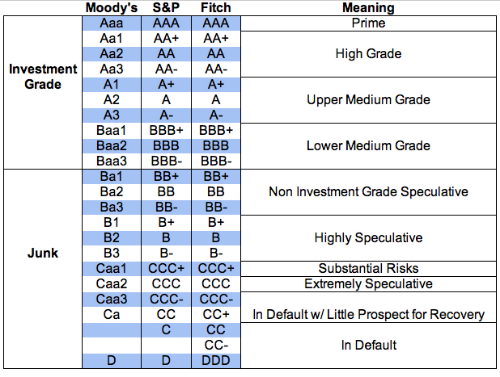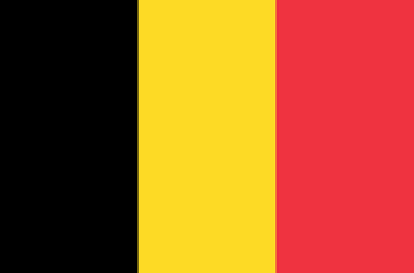
Belgium
Key Facts
| Population | 11,758,603 (2025) |
| National Language(s) | Dutch, French and German |
| Currency | Euro (€) |
| GDP Per Capita (US$) | 45,268 (2025) |
| Human Development Index | 0.937 (13/191) |
| Location and area | 30,528 Sqaure KM Western Europe 66.5 km of coastline |
Background / History
In recent years, political divisions between the Dutch-speaking Flemish of the north and the French-speaking Walloons of the south have led to constitutional amendments granting these regions formal recognition and autonomy. The capital city of Brussels is home to numerous international organizations, including the EU and NATO.
Major industries in Belgium
Medicaments, Cars and ServicesBelgium has a diverse industry and is highly industrialized with strong manufacturing and technological companies. The biggest industries are the pharmaceutical sector, the food and beverage industries, and the chemical industries, due to that the most relevant companies in Belgium are Anheuser-Busch InBev SA/NV, KBC Group NV, and UCB SA. So the top exports of Belgium are Pharmaceutical products, Cars, and Petroleum, exported mostly to Germany, France, and the Netherlands.
Belgium also has an important service sector as it is the headquarter of the EU and it is a relevant place where companies place an office thus creating a cluster of consultants, business, and other companies. In Brussels, the capital city, there are various companies with a big presence such as Toyota, Audi or Mercedes as well as service and juridical companies.
Overall, Belgium is considered a highly industrialized country with a diversified economy that is heavily reliant on trade with other countries. The country's location at the heart of Europe and its well-developed transportation infrastructure also make it an attractive location for businesses looking to access the wider European market.

Gender Inequality Index (GII)
Human Development Index
Belgium's HDI value for 2025 is 0.937 -which put the country in the Very High human development category- positioning it at 13 out of 191 countries and territories.

Trust in Government
Economy Snapshot
2024
2022
Belgium is a compact and diverse market, located at the crossroads of Europe. It is composed of the francophone Wallonia region to the south, the Dutch speaking Flanders region in the north, and the bilingual capital region of Brussels, in addition to a small community of German speakers. Belgium’s diversity makes it an ideal market for many U.S. firms to test their products before expanding distribution throughout Europe. With a population of 11.35 million people in a territory comparable in size to the state of Maryland, it is densely populated. It enjoys one of the highest per capita incomes in Europe, with a relatively balanced income distribution, resulting in widely distributed purchasing power among its residents.
Belgium’s GDP reached $515 billion in 2020, while its bilateral trade with the United States totaled over $48.4 billion in 2020. Distinguished by its major ports (Antwerp is the second largest port in Europe) and first-class logistical infrastructure, a significant portion of bilateral trade either originates in, or is destined for, other countries in Europe.
Often referred to as “the capital of Europe,” the Belgian capital of Brussels is home to the headquarters of the European Union (EU) and of the North Atlantic Treaty Organization (NATO), as well as hundreds of international institutions, associations, and multinational corporations.
Credit Ratings
| Moody's: | Aa3 (2025) High Grade |
| S&P: | AA (2025) High Grade |
| Fitch: | AA- (2025) High Grade |
Foreign Reserves
US$ 41.568 billion (2025)Major Industries
Engineering and metal products, motor vehicle assembly, transportation equipment, scientific instruments, processed food and beverages, chemicals, pharmaceuticals, base metals, textiles, glass, petroleum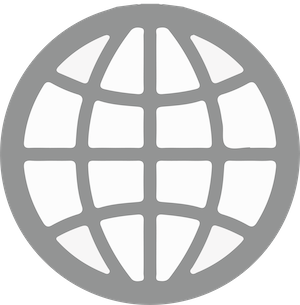
Geography
Good to Know
The world record for a democratic nation to be without an elected government is held by Belgium, which lasted for 589 days in 2010-11.
Belgium produces more than 220,000 tons of chocolate per annum.
In the 1970s, light beer was served during school lunch.
Belgian national symbol is a peeing boy - Manneken Pis of Brussels. Usually he is not dressed and the foreigners always find it amusing.
Belgians invented the French Fries.
There are over 1000 different types of beer in Belgium.
Smurfs come from Belgium.
Transnational Issues:
<ul><li>No International Disputes identified</li><li>Refugees and internally displaced persons: refugees (country of origin): 18,493 (Syria), 5,094 (Iraq) (2020); 56,854 (Ukraine)</li></ul>

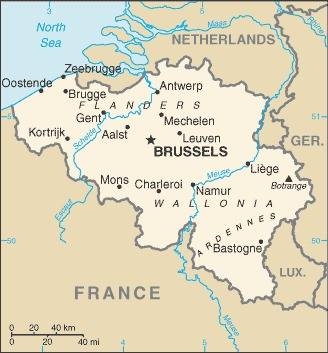
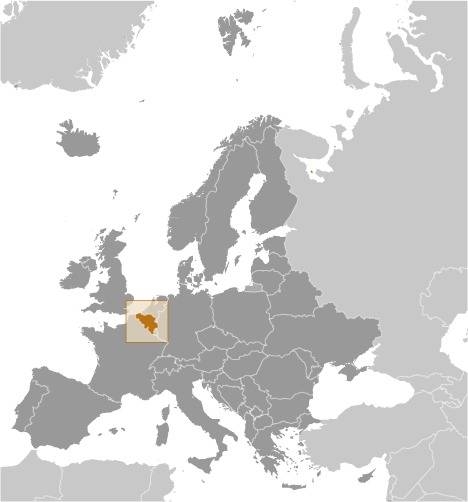
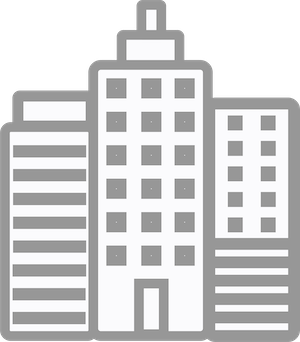
Major Cities
| Brussels* | 1,019,022 | |
| Antwerpen | 459,805 | |
| Gent | 231,493 | |
| Charleroi | 200,132 | |
| Liege | 182,597 | |
| Anderlecht | 160,553 | *capital |

